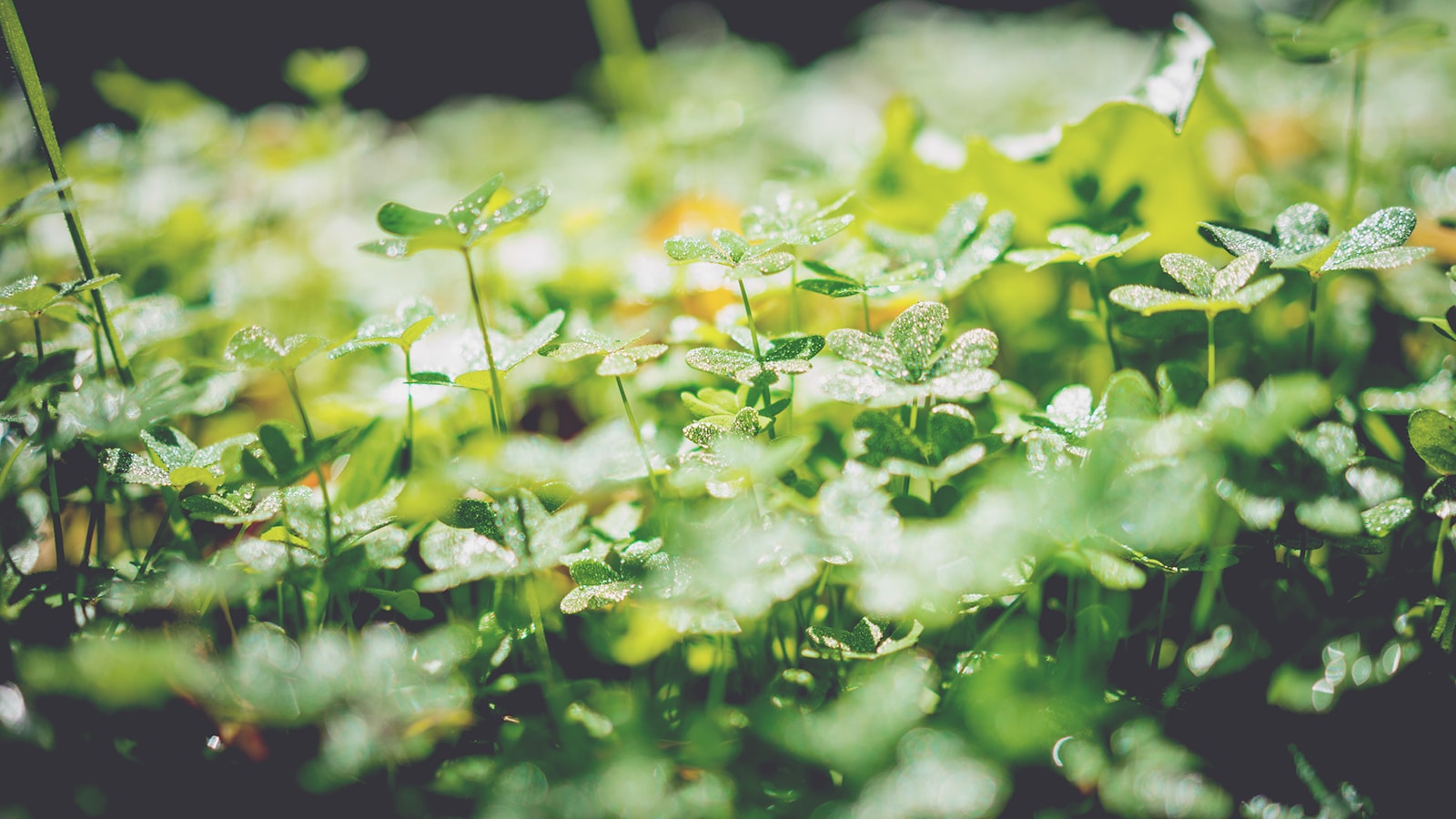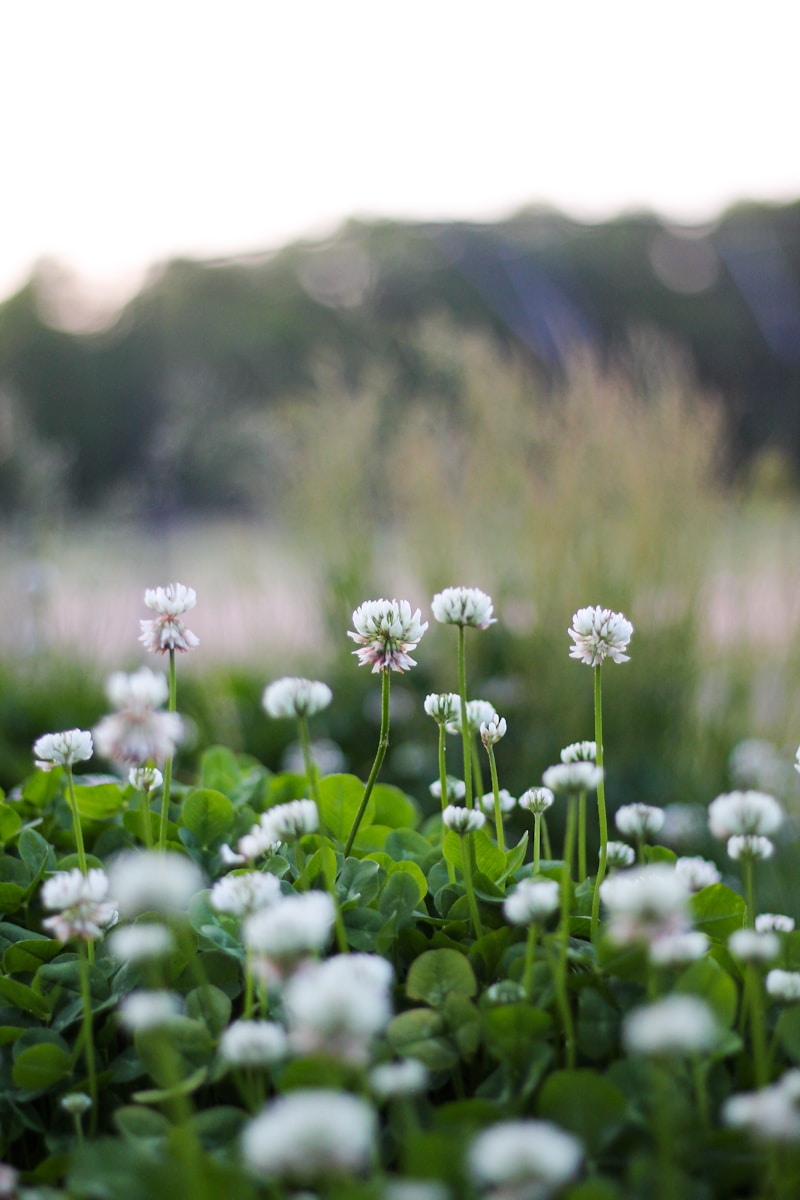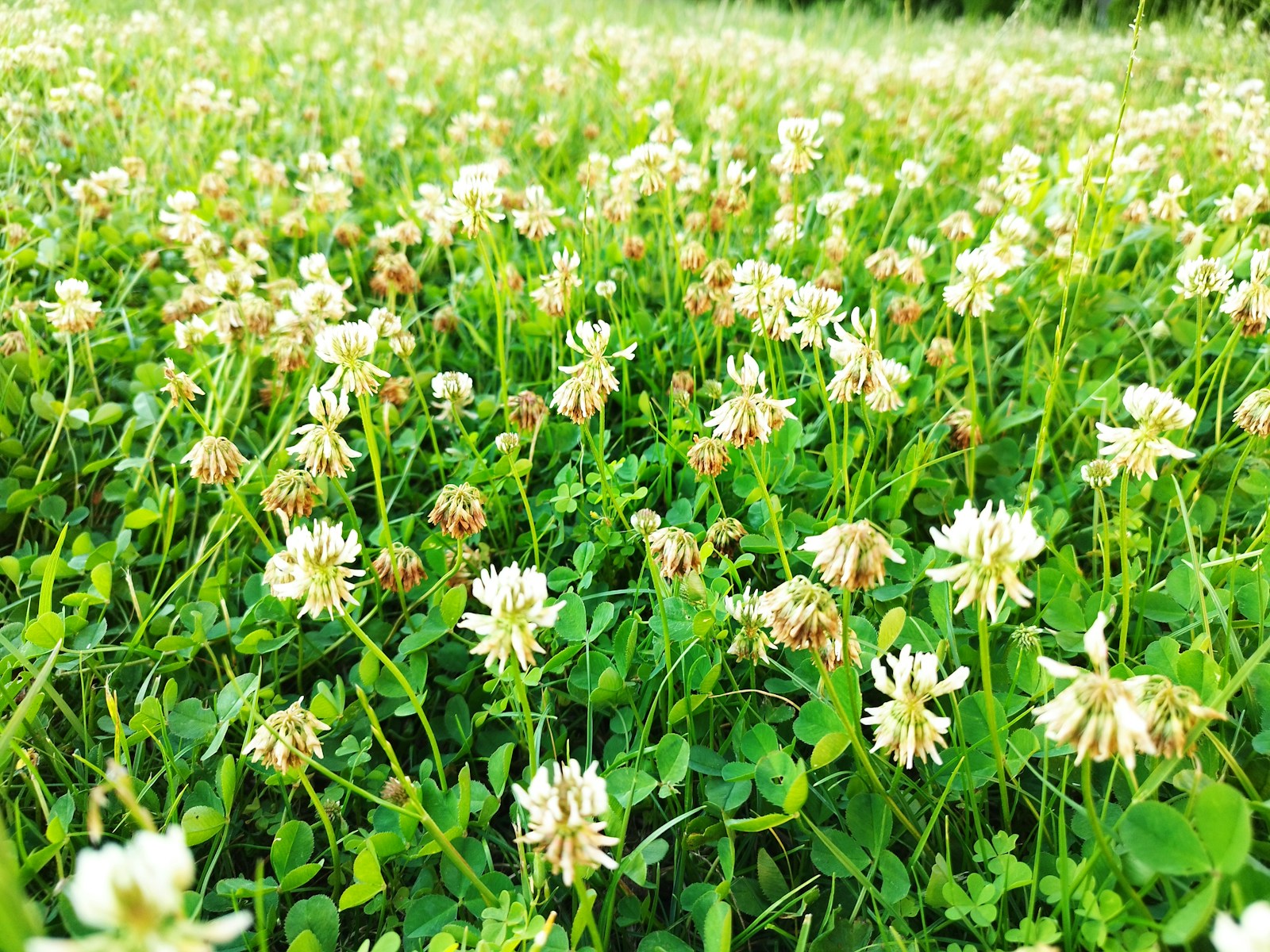A lush, vibrant lawn is the pride of any homeowner, but achieving that perfect green carpet requires the right balance of nutrients. Among the various types of fertilizers available, 28-0-3 fertilizer stands out for its specific nutrient ratio that can support grass health throughout the growing season. But when should you use it, and how can you ensure it delivers the best results for your lawn? This guide will explore the optimal application times for 28-0-3 fertilizer, how it compares to other options, and practical tips for use.
What is 28-0-3 Fertilizer?
Before diving into when to use 28-0-3 fertilizer, it’s important to understand what it is and how it works. The numbers in fertilizer labels like 28-0-3 represent the percentage of three key nutrients: Nitrogen (N), Phosphorus (P), and Potassium (K). In this case:
- 28% Nitrogen (N): Essential for lush, green growth and overall plant vitality. Nitrogen is the most important nutrient for promoting healthy leaf and shoot development.
- 0% Phosphorus (P): Phosphorus is vital for root development and flowering, but the absence of phosphorus in 28-0-3 fertilizer makes it better suited for established lawns that don’t require as much emphasis on root growth.
- 3% Potassium (K): Potassium strengthens plants’ resistance to disease, improves water retention, and helps with overall stress resistance.
The high nitrogen content makes 28-0-3 an excellent choice for boosting the overall health of your lawn, particularly when you’re aiming for vibrant green growth.
When Should You Use 28-0-3 Fertilizer?
The best time to use 28-0-3 fertilizer largely depends on the season and your lawn’s specific needs. Here’s a breakdown of ideal application windows:
Spring: Kickstart Growth After Winter Dormancy
Spring is the season when your lawn comes out of dormancy and begins its active growth phase. Applying 28-0-3 fertilizer early in the season helps jump-start the process by providing the nitrogen necessary for new leaf and grass growth. Ideally, you should fertilize once the grass starts to green up, but before the heat of summer sets in. This early application promotes vigorous growth and gives your lawn the nutrients it needs to develop a thick, healthy root system.
Pro Tip: Apply the fertilizer when the soil temperature reaches around 50°F to 60°F (10°C to 15°C), typically in late spring.
Summer: A Boost During Peak Growth
For lawns that experience heavy growth during the summer, a mid-season application of 28-0-3 fertilizer can provide a vital boost. However, be cautious not to over-apply in hot weather, as excess nitrogen can lead to “fertilizer burn” and encourage unhealthy growth.
- Timing: Late spring to early summer is ideal.
- Application Rate: Follow the instructions carefully—too much nitrogen can overwhelm the grass.
Fall: Prepare for Winter Dormancy
In regions with cold winters, applying 28-0-3 fertilizer in the fall helps prepare your lawn for the dormant winter months. The additional nitrogen will strengthen grass blades before the winter cold sets in, making them more resilient when the grass starts growing again in spring.
Tip: Apply fertilizer about 4-6 weeks before the first expected frost for maximum effectiveness.
Winter: Avoid Application
During the winter months, it is best to avoid applying 28-0-3 fertilizer unless you are in a very mild climate with warm-season grasses that remain active. Applying fertilizer during freezing temperatures can lead to nutrient runoff, which harms the environment and wastes resources.
Environmental Impact: Considerations for Sustainable Lawn Care
While 28-0-3 fertilizer is effective for promoting green growth, it’s essential to consider the environmental impact of over-fertilization. Excess nitrogen can leach into groundwater, contributing to nutrient pollution and harmful algal blooms in nearby water sources. Therefore, use fertilizer sparingly, especially during heavy rains, and be mindful of local regulations regarding fertilizer application.
Alternatives to 28-0-3 Fertilizer
While 28-0-3 is a solid choice for certain lawns, other fertilizer options might be better suited for specific needs:
- Slow-release fertilizers: These offer a more gradual nutrient release, reducing the risk of burn and nutrient leaching.
- Organic fertilizers: Made from natural materials, these are a more environmentally friendly option that can improve soil health over time.
- Balanced fertilizers (e.g., 10-10-10): These fertilizers contain equal amounts of nitrogen, phosphorus, and potassium, making them suitable for new lawns or those with nutrient deficiencies.
Common Mistakes to Avoid with 28-0-3 Fertilizer
Applying 28-0-3 fertilizer seems simple, but there are a few common mistakes homeowners make that can reduce its effectiveness or even harm the lawn:
- Over-application: Too much nitrogen can burn the grass or promote excessive growth that weakens the lawn in the long term.
- Fertilizing at the wrong time: Applying fertilizer during extreme heat or when the grass is dormant can cause stress to the lawn and waste nutrients.
- Not watering properly: Nitrogen needs to be watered in to activate and help it reach the roots. Failing to water after application can lead to uneven nutrient distribution.
Real-Life Homeowner Experience: A Case Study
One Minnesota homeowner, Sarah, applied 28-0-3 fertilizer in early spring to her Kentucky bluegrass lawn, which had previously struggled with uneven growth. After following the proper application instructions and watering in the fertilizer, Sarah noticed a marked improvement in her lawn’s color and thickness. By the time summer hit, her lawn was the envy of her neighborhood. However, during the hot months, Sarah applied a lighter dose and switched to a slow-release nitrogen fertilizer to avoid over-stimulation.
This experience highlights the importance of timing, proper watering, and adapting fertilization practices to changing seasonal conditions.
Step-by-Step Guide: How to Apply 28-0-3 Fertilizer
- Prepare your lawn: Mow the grass and remove any debris or thatch.
- Measure the area: Calculate the square footage of your lawn to determine the amount of fertilizer needed.
- Set the spreader: If using a broadcast spreader, adjust the settings according to the fertilizer manufacturer’s recommendations.
- Apply evenly: Walk in a pattern that ensures even coverage across the lawn. For best results, apply in two perpendicular directions to ensure uniform distribution.
- Water the lawn: Immediately after fertilizing, water the lawn to help the nutrients penetrate the soil.
Final Thoughts
28-0-3 fertilizer can be an excellent tool for maintaining a healthy, green lawn, but like any tool, it requires careful use and proper timing. By applying it at the right times during the growing season—spring, early summer, and fall—you can ensure your lawn gets the nutrients it needs without overdoing it. As with any lawn care regimen, consistency and attention to detail will help you achieve that lush, enviable lawn you’ve always wanted.



